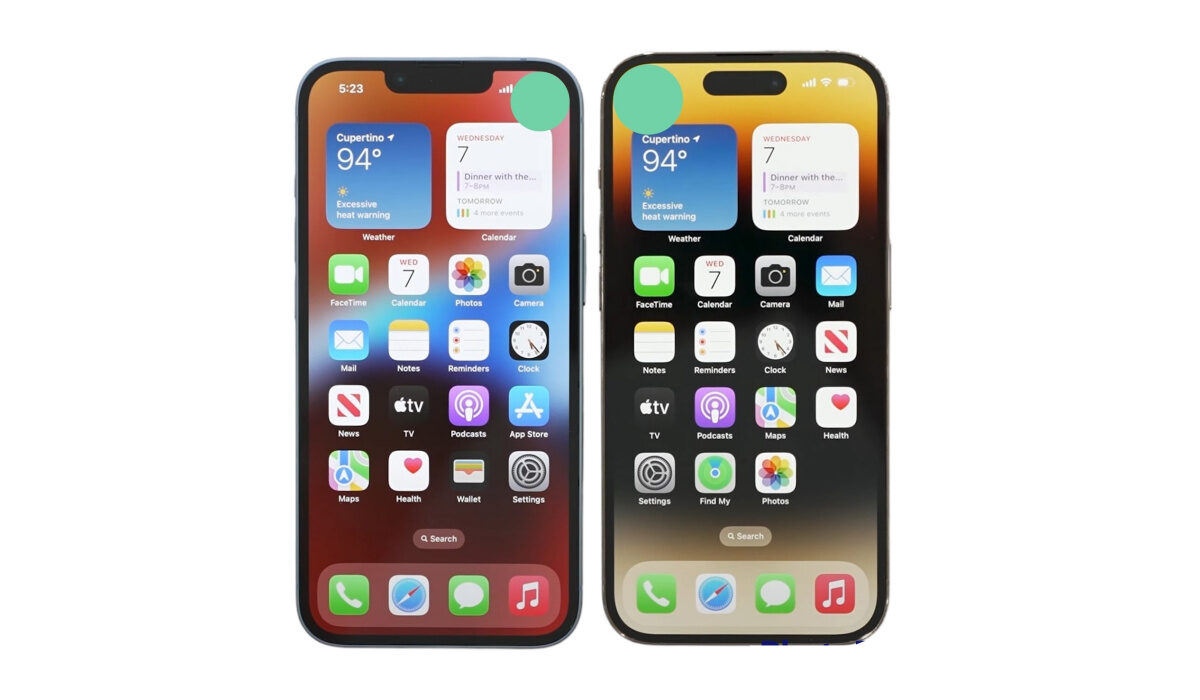Since iOS 14 was introduced, the iPhone’s home screen unlocked new exciting levels and is finally starting to match Android’s functionalities in terms of home screen customization. Some of the new features since this upgrade include three different-sized widgets, a new, searchable App Library, and—most significantly—the option to conceal entire home screen pages.
If you’re not already familiar with how to take advantage of this upgrade and hide entire pages on your iPhone’s home screen, this guide is for you. Here, you’ll find the necessary instructions and helpful tips to get it done easily and introduce a simpler layout to your device’s home screen.

Why Would I Need to Hide App Pages on iPhone?
Having different folders for social media, mobile games, and other categories tends to muddle the layout of the home screen, although folders generally work well to manage a disorganized home page. However, when you have scores of third-party apps installed, the situation gets worse. There is less of a need for a large number of app icons on the home screen with the introduction of the new App Library, which allows you to search your apps via automatically formed directories and explore via vertical lists.
In order to allow you to conceal a full page of apps you barely use without having to delete each icon one by one, iOS 14 now lets you hide app pages on iPhone, in addition to just individual apps. The App Library still allows you to access hidden apps, and you can even restore previously-hidden home screen pages in their original form.
How To Hide App Pages on iPhone?
You’ll have to access the home screen editor on your iPhone running iOS 14 in order to conceal a whole home screen page. Previously, you could accomplish this by holding down on an app or folder for a lengthy period of time until the quick actions menu appears and disappears, or you could choose “Edit Home Screen” from any application or folder’s quick actions.
In iOS 14, those still hold true, but you may also long-press your wallpaper to enter the editor immediately. A widget or widget stack can also be long-pressed until the editor shakes everything else, or you can select “Edit Home Screen” out of its quick actions.
In iOS 14’s home screen editor, a number of new options will be visible on the screen, including the plus (+) symbol at the top (which is for widgets). There are dots for each page you have above the dock at the screen’s bottom. Previously, you could switch pages while in edit mode by tapping a dot or by swiping left or right across them all. Now, a button with a gray background appears out of those dots. To view and customize your home screen pages, tap that.
Your screen will show previews of your home pages; you might have to scroll to see all of them. Click on the checked circle beneath the preview to uncheck one home page and make it hidden. Although you can’t make all of them invisible because at least one page must be checked, it’s quite close.
To leave the page editor after unchecking the home page or pages you want to conceal, hit “Done” (on Face ID models), the backdrop, or your Home button (on Touch ID models). Do the same to exit the home screen editor after that. Now, the hidden home page or pages won’t show up as you swipe across your home screen. You will still remain able to gain access to the apps though.
Keep in mind that the first time you hide a page from your home screen, iOS will assume that you wish to conceal all subsequently installed iPhone apps from the home screen as well. As a result, only the App Library will receive any recently installed apps. You can disable the option in your Settings menu to fix this.
How Do I Access Apps from Hidden Pages?
We mentioned earlier that concealing a home page on your device’s screen does not erase its apps; rather, it simply stores them away from view. Fortunately, any apps that are on a home screen page you’ve previously hidden can be accessed very quickly.
Swipe left from any home screen page to access your App Library. If you’re looking for a certain app, you can browse through the list of categories, type the name of the app into the search bar at the screen’s top, or swipe down on the App Library to reveal the list of apps.
How Do I Bring Back Hidden Home Screen Pages?
In the event that you forget which apps are on a particular hidden home page, you can always restore the page to your screen. iOS preserves the layout of a hidden home screen page, so when you bring it back, the apps will still be there.
A hidden home screen page is just as simple to reveal as it is to conceal. Return to the home screen editor, select the page dots button to modify pages, select the circle beneath the grayed-out page to verify it, and then select the Exit button to leave the editor. Your page and all of its applications will then return to its previous location on your home screen.
In summary, it’s pretty easy to hide (and reveal previously hidden) home screen pages on an iPhone. The instructions we’ve provided in this guide are easy to follow and should help you achieve these easily. As always, we encourage you to recommend this guide to other iPhone users you know so that they can benefit from these helpful tips and instructions.
- Don’t miss our mobile phone reviews.
- Follow our news on Google News.
- Join our WhatsApp Group, to be notified of the most important articles and deals,
- Follow us on Instagram, Facebook, Twitter, and YouTube.

